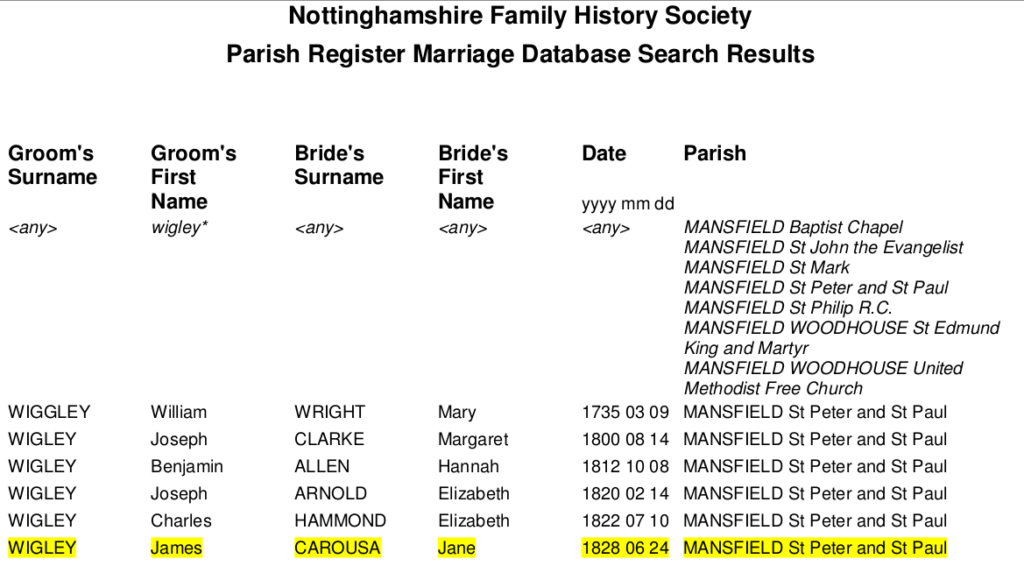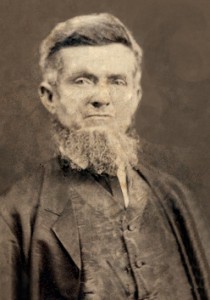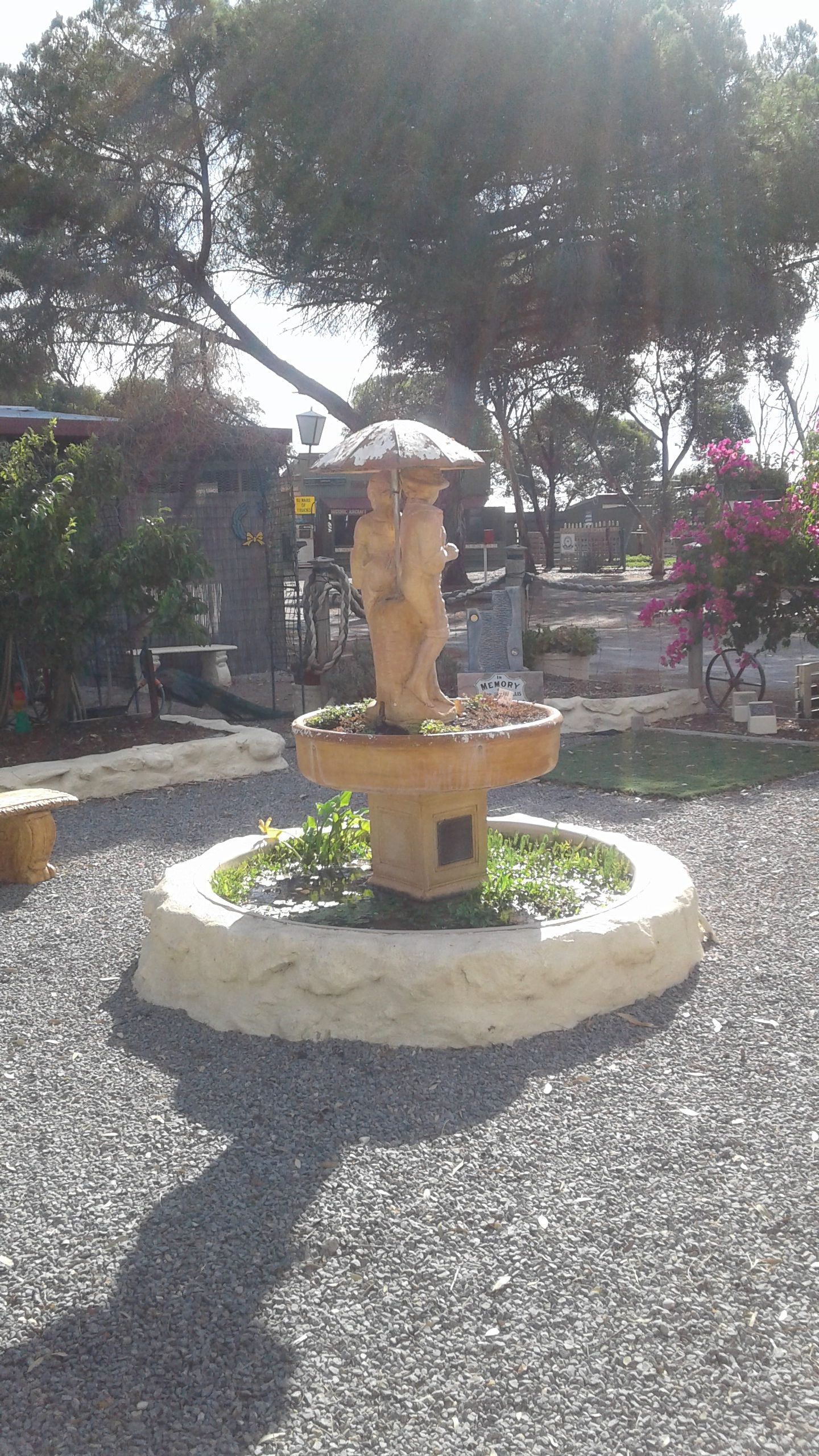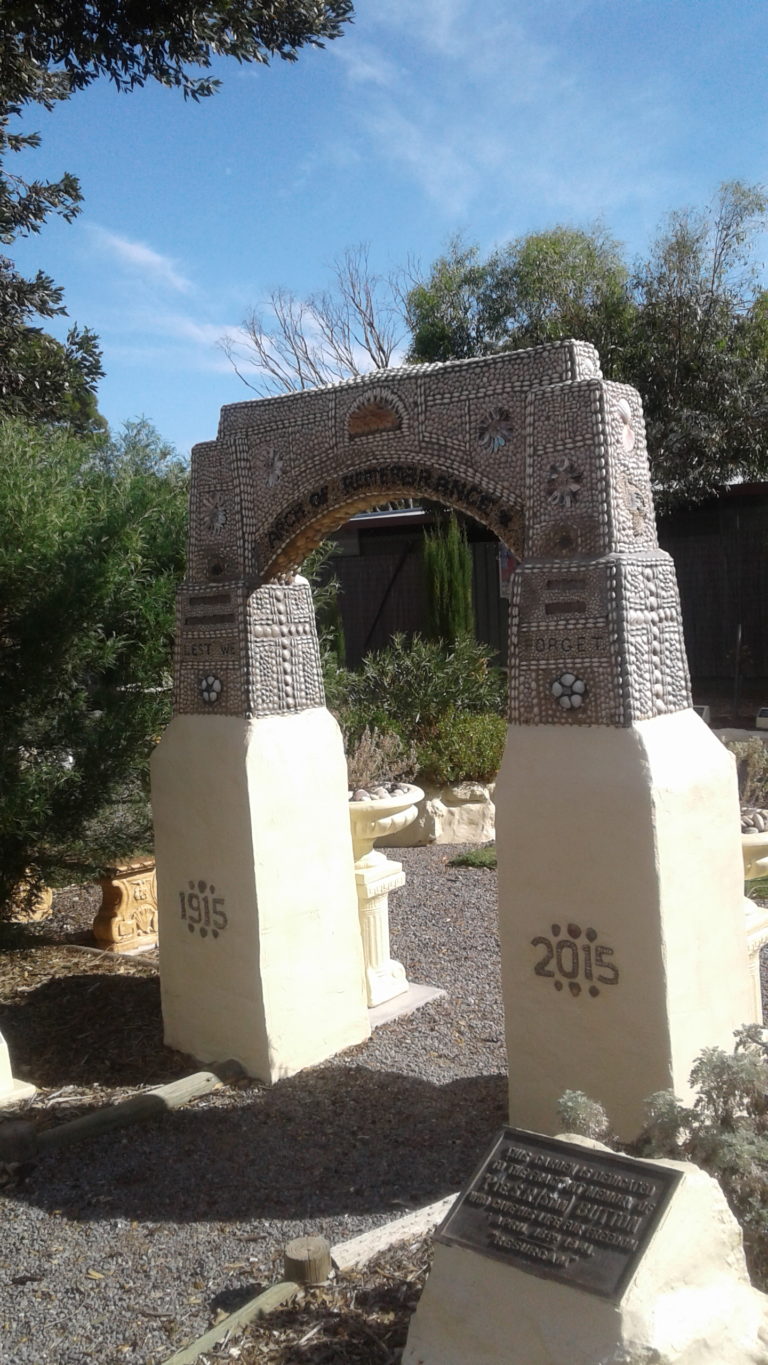I’ve been doing some more research into James’ life and rather than do a whole new blog post with links to this one I thought it would be easier to understand if I put the updates in a different coloured font here.
James Wigley is my 4x great grandfather. There are some family stories about James and some mysteries so I’m researching these to ascertain fact from fiction.
James was born in Wirksworth, Derbyshire, England to Obadiah and Mary Wigley (nee Wheatcroft) on 12 March 1807.
James’ first wife was either Jane Brock or Jane Carousa. They were married in Mansfield, Nottinghamshire. On their son Charles Robert Wigley’s death record it lists his mother as Jane Brock but the only marriage of a James Wigley in Nottinghamshire at the right time is one to a Jane Carousa. So I’ve emailed the Nottinghamshire archives and will be sending off for the parish register entry to see if this can shed any light on Jane’s surname. If this doesn’t help then I’ll get a copy of the marriage license. I got an email back from the Nottinghamshire Archives and as they don’t have a payment method I can use I’ve contacted a research agent instead.
I didn’t follow through with the research agent, at the time, however I was able to order documents via the Nottinghamshire Family History Society. Jane was approximately 32 years old when she married James so I believe that she had been married previously hence the different surnames. I will continue searching for Jane’s origins. This is further complicated by that fact that she says on the 1841 census that she was born in Jamaica.
22 December 2017 update Samuel Barratt, who took part in the Pentrich Revolution with James’ father Obadiah, was a witness to James and Jane’s marriage. https://blog.kyliesgenes.com/2017/12/isaac-ludlam-executed-for-treason/


James and Jane had five children Mary, Grace, Charles, Eliza, Ellen. In 1843 Jane and two of the children, Eliza and Grace, died in a house fire in Wirksworth, Derbyshire, UK. I just recently found out that Mary didn’t die in the fire. I will need to find death records to confirm if Eliza and Grace died then too.
In the 1841 census Jane was living in Nottinghamshire with Mary, Charles, Eliza and Ellen. It appears that Grace died as an infant also James isn’t listed as being in the household either. So far I haven’t been able to confirm or deny the story of the fire however, if it did happen, it would have only been Jane and Eliza who died in the fire as Mary, Ellen and Charles went on to marry and have families.
I’ve been told that James stole the plans to a lace making machine and went to France and sold them there. I don’t know that this story can ever be verified though. It just may not be possible.

James Wigley
When I think of James Wigley it always gets me thinking about this story of the lace making machine and taking the plans to France so I googled ‘English lace makers in France’ and came across an article from a genealogist right here in Adelaide, South Australia!! Graham Jaunay writes about the Lacemakers of Calais in South Australia.
The Calais Lacemakers were English men who designed, built and maintained the extremely complex lace-making machines that had been originally developed in Nottingham. Despite the best efforts by the British to keep the manufacturing process a secret, the techniques were leaked to France and the industry developed in the Calais region using British experience and skills. After the British got over the loss of their monopoly everything was fine until the 1848 Revolution that proved to be an economic disaster for the workers as their factories were closed and English owners returned to England. The workers were faced with destitution if they remained in France or returned to England. G. Jaunay
From there I found the Lacemakers of Calais website which says:
With very low profits and high wages in England, around 1816 one Robert Webster, with an accomplice Samuel Clark, smuggled a machine into Calais. The machine was dismantled, packaged as old iron and shipped on numerous boats to Calais. Clarke reassembled it in a shop on quai du Commerce in the village of Saint-Pierre, outside the walls of Calais itself.
James Wigley was only nine years old in 1816 so it is highly unlikely that he was involved with Robert Webster and Samuel Clark so that part of the family story may not be true however lacemaking in Calais went on for many more years and there are more tidbits which point to James perhaps being in France. He wasn’t listed in the 1841 English census as being in the household in Nottingham with his wife and children and I haven’t been able to find him anywhere else in the UK. Could he have been in France at this time? I am currently going through the French census for 1841, for Calais, page by page as it isn’t indexed yet. The lace makers who went to Calais were from Nottinghamshire where James lived.
James’ name isn’t on the Lacemakers of Calais website as one of those who left in 1848 and came to Australia however he does show up in Stepney, Middlesex, England where he marries Maria (as below) and then proceeds to South Australia in 1849.
Between 1841 and 1848 Charles Robert Wigley could have been in France with his father. (see below)
In July 1848 James married Maria Lihou nee Bray and in 1849 he took the family to South Australia. James and Maria, Maria’s daughter Sarah Lihou and Ellen and Charles. There they lived in Burra for a time before moving to Victoria.
James’ son Charles Robert Wigley who I’ve mentioned above is said to have gone to boarding school in France and that he forgot how to speak English. Apparently there was a sign on his house in Bendigo, Victoria, Australia which said, “French spoken here”.
I’ll keep adding updates as I find out more.















